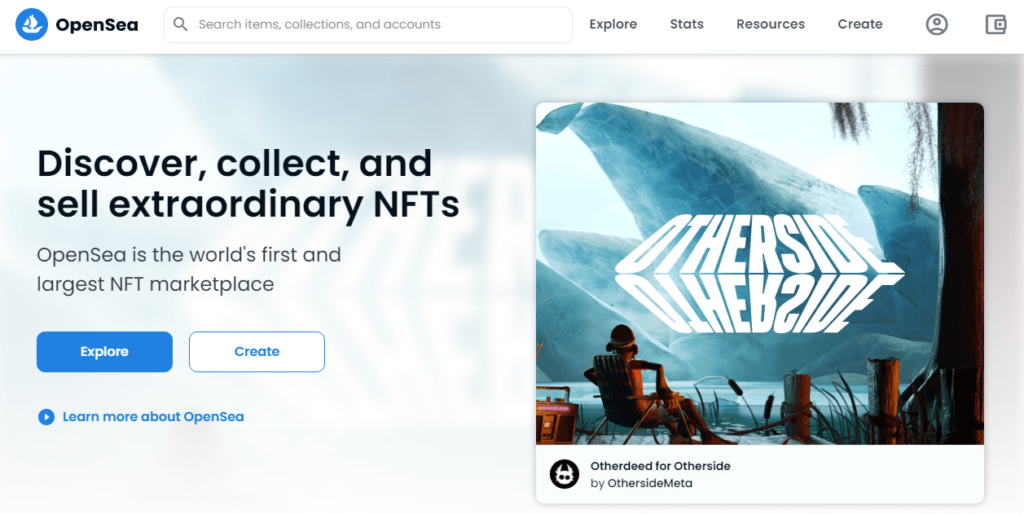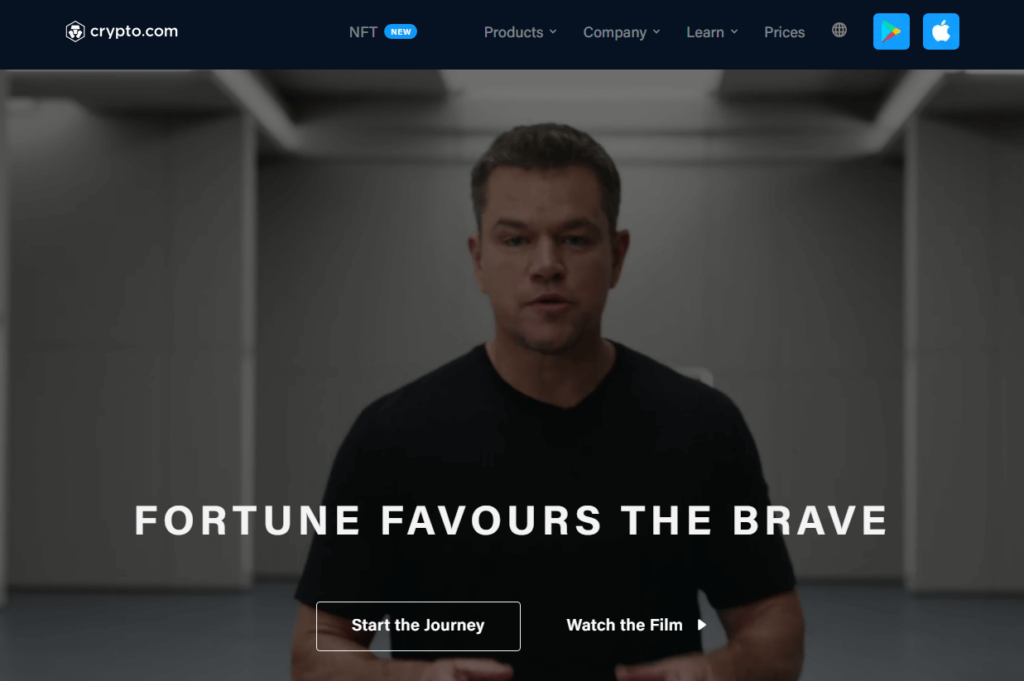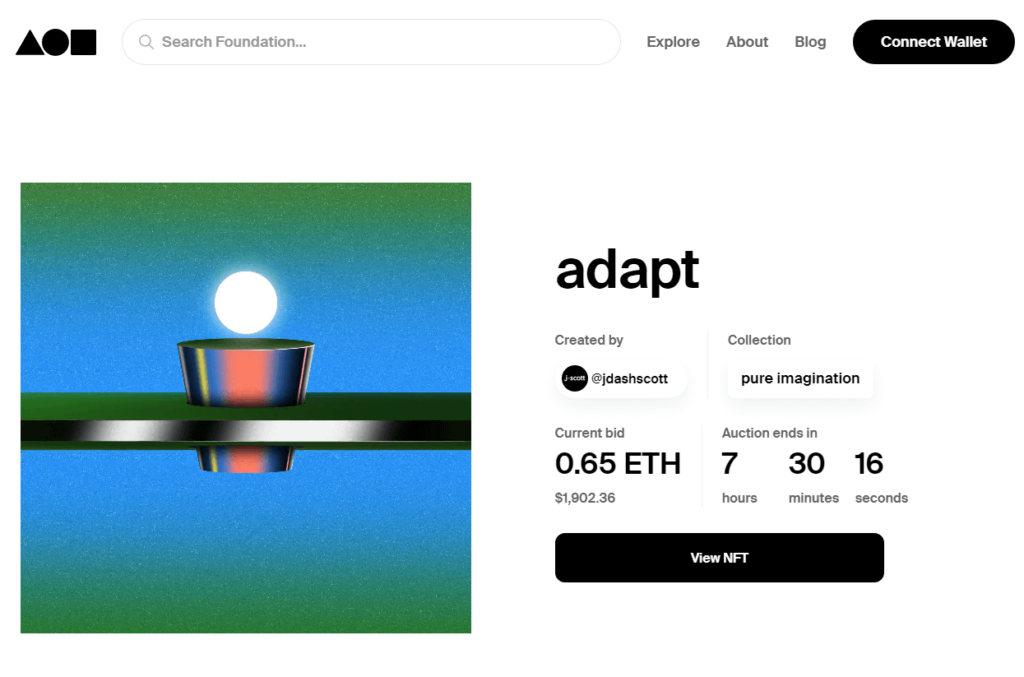NFT stands for Non-fungible tokens and are digital assets that represent real-world objects such as artwork, real estate, music, and collectables. They are bought and sold online, typically using cryptocurrencies, and are based on the same blockchain technology that underpins popular crypto-assets such as Bitcoin.
NFT’s were very popular during Covid, when people had more money than sense and there were some stories of people making money from them. But as many peope have lost money on them, they are less popular as people go back to work and cryptocurrency has emerged as a more popular alternative investment class, especially after the introduction of Bitcoin ETFs, where mainstream investors can invest in BTC on the stock market.
What exactly are NFTs?
A major feature of non-fungible tokens is that each token is unique, which means that they cannot be exchanged like for like. This differs from regular crypto-assets such as Bitcoin and Ethereum, which can be swapped like for like because one unit of the currency is identical to another unit. Another key feature of NFTs is that they are embedded with ownership details. This makes it easy to verify their ownership, and transfer tokens between buyers and sellers.
Most non-fungible tokens are part of the Ethereum blockchain. This is a programmable blockchain technology that offers smart contract functionality. However, other blockchains such as Solana, Tezos, and WAX also support NFTs.
Where can you buy NFTs?
You can buy NFTs on NFT marketplaces. Some of the most popular NFT marketplaces include:
OpenSea

OpenSea.io is the largest NFT marketplace by trading volume. Built on the Ethereum blockchain, it offers various NFT types, including artwork, collectibles, domain names, in-game items, and more.
One of OpenSea’s key features is that it supports over 150 cryptocurrencies as a payment method. This makes it easy for investors to buy and sell NFTs using their crypto balances. OpenSea also supports 14 different crypto wallets and linking a wallet to the marketplace is straightforward.
In terms of fees, OpenSea charges a 2.5% transaction fee to sellers when their NFT sells, with no costs to the buyer (other than standard Ethereum network fees).
Rarible

Rarible is an NFT platform that offers a vast selection of digital art, along with photography, games, music, domains, and metaverse items. It has multi-chain support and can host NFTs built on Ethereum, Flow, and Tezos.
One of the main benefits of Rarible is that users can buy NFTs using their credit or debit cards. Rarible also supports a range of crypto wallets, including MetaMask and Coinbase, ensuring investors can store their NFTs safely.
Rarible charges a 2.5% fee to both buyers and sellers, putting it at the higher end of the cost scale.
Crypto.com

Crypto.com – one of the most popular cryptocurrency exchanges globally – has its own NFT marketplace. This offers NFTs related to art, celebrities, gaming, sport, and music.
With Crypto.com, NFTs are available via auction or for a fixed price, and users can purchase them using their credit or debit cards. Alternatively, NFTs can be bought using cryptocurrency through the Crypto.com Pay gateway.
One major advantage of buying NFTs through Crypto.com is that there are no transaction fees for buyers. This means it can be more cost-efficient than other platforms.
Foundation

Foundation is an NFT marketplace that is predominantly focused on digital art. The NFTs listed on the Foundation marketplace are offered via auction, with most running for 24 hours once a minimum bid is placed.
Foundation is built on the Ethereum blockchain, and users must use ETH to buy NFTs. At present, the platform only supports crypto wallets set up through MetaMask or WalletConnect, which can limit accessibility for investors.
In terms of fees, Foundation charges a 15% service fee to the seller on each transaction, but no fees to buyers.
How to choose an NFT marketplace
When choosing an NFT marketplace, there are a number of things to consider including:
- The kind of NFT you’re interested in buying. Some platforms offer a wide range of NFTs, while others are more specialised.
- Some platforms charge higher fees than others.
- Payment methods offered. Some NFT platforms support a wide variety of tokens for payment. Others utilise specific proprietary tokens. Some accept debit and credit cards.
- It’s worth checking to see what kind of security the marketplace has in place, and whether it has experienced any security issues in the past.
Before opening an account with an NFT marketplace, it’s a good idea to set up a crypto wallet. This will allow you to store your NFTs more securely. You’ll probably also need to purchase some cryptocurrency, like ETH, to pay for your NFTs.
How can you store NFTs?
When it comes to storing NFTs, security is crucial, just as it is for cryptocurrencies. If you leave them in an NFT marketplace, you are at risk of having your assets stolen by hackers.
One way to store NFTs more securely is to use an online software wallet. These are digital wallets that are secured by a password and 2-factor authentication. Examples of online software wallets include MetaMask, WalletConnect, and Coinbase Wallet. The advantage of these wallets is that they are quite user-friendly. A disadvantage is that they can still be hacked, as they are connected to the internet.
An even more secure way to store NFTs is to use a cold-storage hardware wallet. These allow for offline storage of digital assets. Examples of hardware wallets include Trezor and Ledger. The advantage of cold wallets is that they are highly secure because all of your wallet data is stored completely offline. Without physically holding the wallet device, it’s impossible for a hacker to steal the content. A disadvantage of these wallets is that they are generally more cumbersome to operate than software wallets. They’re also more expensive.
It’s worth pointing out that you don’t actually store NFTs in your crypto wallet. Instead, a wallet provides access to the investments (which are held on the blockchain) via a private key.
How can you sell NFTs?
You can sell NFTs you’ve bought on the secondary market via NFT marketplaces.
To do this, you will need to transfer the NFT you want to sell to a marketplace that offers a secondary market (if it isn’t there already). Examples of marketplaces that offer a secondary market include OpenSea, Foundation, Rarible, and SuperRare.
Then click on the ‘Sell’ button from within the page of the NFT you want to sell and set your price.
A lot of platforms charge fees to sell NFTs. For example, OpenSea charges a fee of 2.5%. You may also have to pay fees to the original creator when you sell an NFT. Additionally, gas fees (the fees required to conduct a transaction on the Ethereum blockchain) will apply and will reduce your final take-home amount.
Potential rewards of buying NFTs
There are several potential benefits of buying NFTs including:
- Financial gains. If you buy an NFT and its value increases, you can sell it for a profit.
- Investing. By buying NFTs for your investment portfolio, you could potentially increase your diversification as the performance of your NFTs is likely to have a low correlation to the performance of other more traditional assets such as equities and bonds.
- Unique assets. No two NFTs are the same. So, if you buy an NFT, you are the owner of a one-of-a-kind asset.
- Proof of ownership. NFTs use blockchain technology to provide a record of ownership.
Risks of buying NFTs
There are a number of risks to consider when buying an NFT.
- Loss of money. The first is that you may not get back what you paid for it. An NFT’s value is based entirely on what someone else is willing to pay for it. In other words, prices are based on investor demand, rather than fundamental factors. Due to the speculative nature of these digital assets, NFT prices can be volatile. It’s worth pointing out that NFTs are a relatively new asset class. So, there’s not a lot of historical data to judge their performance over the long term.
- Unable to sell. The second risk is that liquidity can be low because the market is still in its infancy. This means that it can be difficult to sell an NFT. You may not be able to sell your NFT at all.
- Hacking. Getting hacked is a third risk to consider. NFTs are controlled by a private key and if your private key is accessed by a third party, they could steal your NFTs. To protect yourself against hacks, activate 2-factor authentication (2FA) when accessing NFT marketplaces, and use a cold-storage hardware wallet to store your NFTs offline.
- Scams. Another risk is scams. Buyers should beware of fake marketplaces, fake sellers, and unverified sellers.
Before buying an NFT, it’s important to do your research and understand the risks. Be aware that you could lose all of your investment. If you decide to take the plunge, proceed with caution, and don’t invest money you can’t afford to lose.
Different types of NFTs
The NFT world is broad in nature. Some examples of NFTs that exist today include:
- Digital artwork. An example here is ‘Bored Ape’, an NFT collection featuring profile pictures of cartoon apes that are procedurally generated by an algorithm.
- Physical real estate. NFTs can be used to purchase apartments, houses, and land in the real world.
- Digital real estate. In Decentraland’s metaverse, users can buy digital land via NFTs.
- Digital trading cards. You can buy NFT trading cards featuring major basketball and baseball teams.
- Photography. NFTs can be used to represent photos.
- Fashion. NFTs can be used to purchase unique digital fashion collections.
High-profile NFT sales
High-profile NFT sales include:
- Jack Dorsey’s first-ever tweet. In 2021, Jack Dorsey, Twitter’s ex-CEO, sold an NFT of the very first tweet for nearly $3 million. The NFT was bought by crypto entrepreneur Sina Estavi.
- Dolce & Gabbana’s fashion collection. In 2021, Italian luxury fashion house Dolce & Gabbana sold an NFT fashion collection for $5.7 million. It was sold via the UNXD platform, a Polygon network-powered marketplace.
- Grimes’ artworks. In 2021, Canadian musician Grimes sold a suite of NFT art for $5.8 million. The art went on sale via the NFT platform Nifty Gateway, which was founded by the Winklevoss twins, and sold out within 20 minutes.
- NBA Top Shot. Top Shot is an NFT marketplace that enables basketball fans to buy, sell, and trade NBA moments. So far, the most expensive collectible traded is a LeBron James NFT, which was sold for $1,000,000.
How are NFTs different from cryptocurrency?
The key difference between NFTs and regular crypto-assets such as Bitcoin and Ethereum is that NFTs are ‘non-fungible’ while regular crypto-assets are ‘fungible’. Non-fungible assets are unique and cannot be directly replaced by another asset of the same type. By contrast, fungible assets can be replaced or exchanged by other assets of the same type. For example, one Bitcoin can be exchanged for another Bitcoin because they are identical to each other.
Do NFTs have any intrinsic value?
The question ‘do NFTs have any intrinsic value?’ tends to divide opinion.
Some people believe that NFTs have value due to their scarcity. These people believe there’s value due to the fact that NFTs are unique and irreplaceable, much like artwork.
Others, however, see them as speculative assets that have no real value. These people tend to believe that NFTs prices are being driven by the ‘Greater Fool Theory’, which suggests it’s possible to make a profit from an overvalued asset, as long as you can sell it at a higher price to a ‘greater fool’.
Ultimately, it’s hard to know whether NFTs have intrinsic value because the asset class is still in its infancy.
Are NFTs similar to buying traditional art?
There are some similarities between buying NFTs and buying traditional art. One is that both NFTs and traditional art are scarce. For example, Picasso’s paintings are scarce in that there is only one original copy of each. While anyone can make copies of his paintings, the original paintings remain irreplaceable and unique. This is similar to NFTs. NFTs are unique and irreplaceable, and can only be owned by one person at a time.
However, there are also major differences between NFTs and art. The main difference is that traditional art is physical in nature. This means that it can be hung on a wall or stored in a museum. By contrast, NFTs are completely digital and can only exist in digital wallets on a specific blockchain. Instead of getting an actual oil painting to hang on the wall, the buyer of an NFT receives a digital file instead.

Richard is the founder of the Good Money Guide (formerly Good Broker Guide), one of the original investment comparison sites established in 2015. With a career spanning two decades as a broker, he brings extensive expertise and knowledge to the financial landscape.
Having worked as a broker at Investors Intelligence and a multi-asset derivatives broker at MF Global (Man Financial), Richard has acquired substantial experience in the industry. His career began as a private client stockbroker at Walker Crips and Phillip Securities (now King and Shaxson), following internships on the NYMEX oil trading floor in New York and London IPE in 2001 and 2000.
Richard’s contributions and expertise have been recognized by respected publications such as The Sunday Times, BusinessInsider, Yahoo Finance, BusinessNews.org.uk, Master Investor, Wealth Briefing, iNews, and The FT, among many others.
Under Richard’s leadership, the Good Money Guide has evolved into a valuable destination for comprehensive information and expert guidance, specialising in trading, investment, and currency exchange. His commitment to delivering high-quality insights has solidified the Good Money Guide’s standing as a well-respected resource for both customers and industry colleagues.
To contact Richard, please ask a question in our financial discussion forum.




